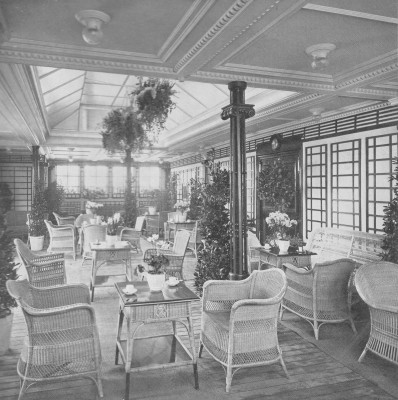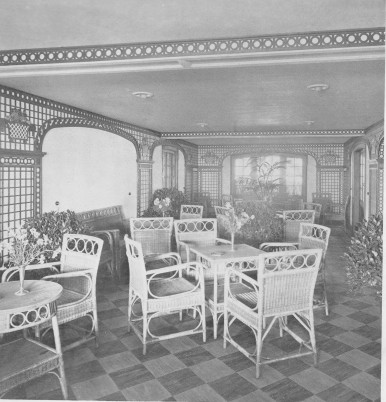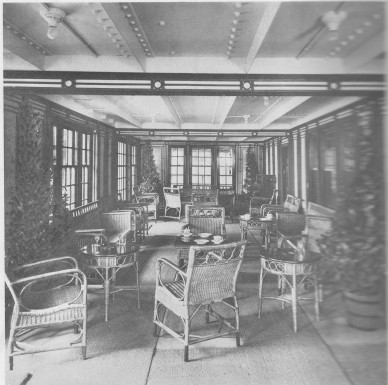Esther Inglis-Arkell recently wrote a short piece for Gizmodo about Locusta, the infamous poisoner who allegedly helped the great and good of first-century Rome dispose of difficult individuals. Unfortunately, Inglis-Arkell’s narrative is problematic in many respects.
The biggest problem is that the article makes a number of questionable assertions. For example, she claims that Locusta helped Agrippina the Younger dispose of two husbands. Inglis-Arkell never identifies the first victim, but she probably meant Agrippina’s second husband, Gaius Sallustius Crispus Passienus. The second victim was Agrippina’s third husband, Emperor Claudius.
Inglis-Arkell makes it seem as if Locusta’s role in both deaths is a known fact, but that’s not true. On the contrary, there’s no evidence linking Locusta to Crispus’s death at all. It’s not even clear that he was poisoned. We don’t actually know much about Crispus, and what little we do know comes from the scholiast on Juvenal, who records that he was “slain by the treachery of Agrippina.” There’s no mention of poison or Locusta. Inglis-Arkell doesn’t explain why she links Locusta with Crispus’s death, but she may have been led astray by a toxicology textbook that she cites later in the article. Toxicology by Thomas J. Haley and William O. Berndt does indeed claim that Locusta helped Agrippina get rid of Crispus, but it doesn’t cite any sources. At any rate, a toxicology textbook isn’t necessarily a good source for Roman history.
As for Claudius, it’s true that many Roman historians alleged that he was poisoned at Agrippina’s behest. But Locusta’s role in his death is far from clear. Suetonius doesn’t mention her at all in his account of Claudius’s murder, but Tacitus and Cassius Dio do. Tacitus gives the fullest account, claiming that Agrippina hired Locusta to poison a dish of mushrooms. However, he says that the physician Xenophon ultimately ended up killing Claudius when Locusta’s poisoned mushrooms don’t work (Tacitus, Annals, 12.67). Cassius Dio also mentions Locusta, but he claims that the poisoned mushrooms did the trick (Cassius Dio, Roman History, 61.34).
Even though Tacitus and Dio seem to provide clear evidence of Locusta’s role, we have to take their claims with a grain of salt. They weren’t writing history in the modern sense of the term. For starters, they didn’t cite sources. When Tacitus writes that Agrippina used Locusta to poison Claudius, we have no way of knowing where he got this information. Did he actually see documentary evidence linking the two women, or was he simply reporting rumor as fact? One of the most frustrating things about studying Roman history is the fact that some of our most detailed sources of information aren’t as objective as we would like. Locusta may well have been involved in Claudius’s death, but that is far from certain.
Inglis-Arkell’s claim that Locusta was a ‘badass chemist’ who taught her art to others is also suspect. Although a number of secondary sources claim that Locusta operated a school for poisoners, the primary-source evidence for this seems to be scanty. The only references I can find are Suetonius and Juvenal. Suetonius claims that, as a reward for helping him get rid of Britannicus (Claudius’s son), Nero gave Locusta an estate in the country and sent her pupils (Suetonius, Life of Nero, 33.3). The reference in Juvenal is a brief claim in his Satires that Locusta “teaches her artless neighbours to brave the talk of the town and carry forth to burial the blackened corpses of their husbands” (Juvenal, Satires, 1.71-2).
Claiming that Locusta was a ‘badass chemist’ on these basis of such slim evidence seems unwise. Suetonius is the more credible of the two, but even then we can’t be sure whether he’s telling the truth. Without corroborating evidence from other sources, the idea of Nero sending pupils to Locusta could easily be a bit of slander intended to make him seem even more monstrous. As for Juvenal, it seems unwise to place too much reliance on a few lines from a poem. He wasn’t writing history, after all. We have no idea whether or not his reference to Locusta should be taken literally or if it’s simply a product of his imagination.
I can’t claim to be an expert on Locusta, and it’s possible that Inglis-Arkell drew on sources that I’m not familiar with. However, I suspect she relied too heavily on secondary sources and failed to question their claims. The result is an article that, while entertaining, is ultimately misleading.






